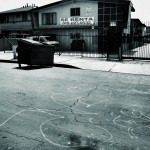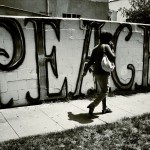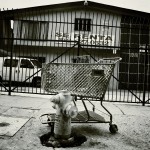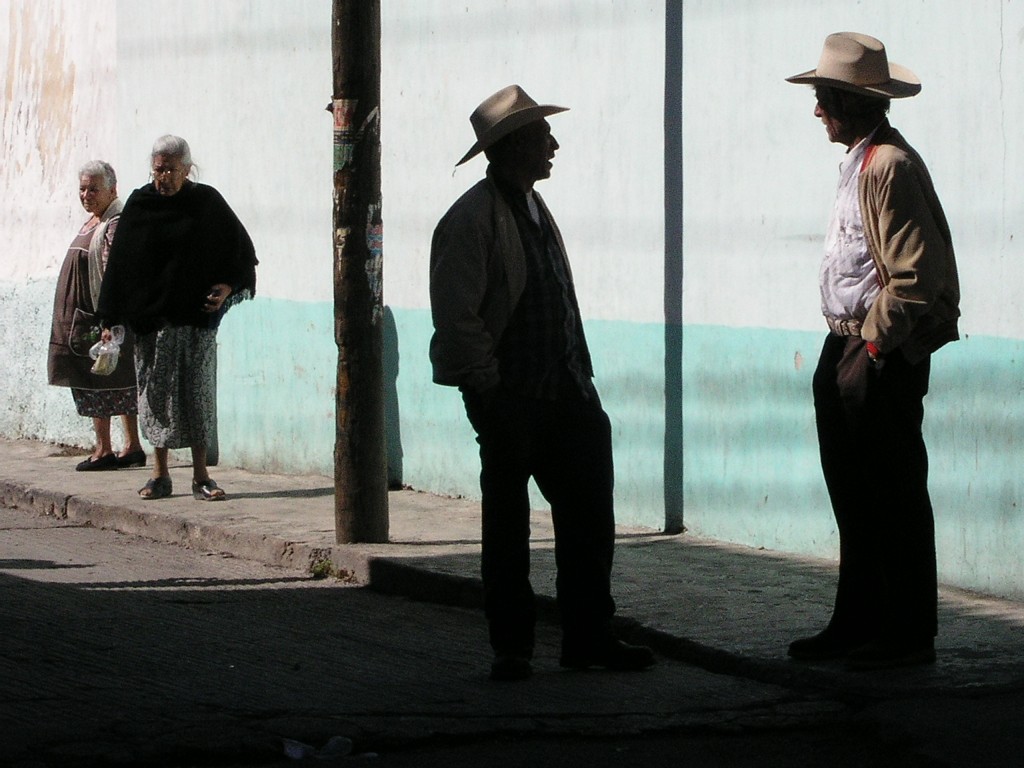Six percent of Americans are black men. Forty percent of homicide victims are black men, most by far killed by other black men, though many of the cases remain unsolved.
This kind of impunity is the result not of too much policing but of far too little. Too often police in places like South L.A.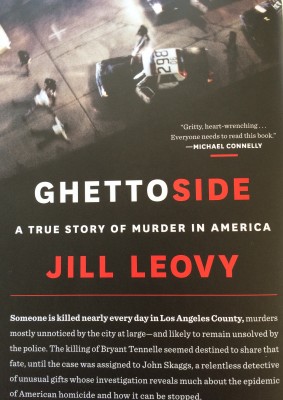 are swamped, given the caseload and resources at their disposal. They can make little of each murder case, which, once unsolved, strengthens the culture of impunity and of witness silence, and encourages more murder.
are swamped, given the caseload and resources at their disposal. They can make little of each murder case, which, once unsolved, strengthens the culture of impunity and of witness silence, and encourages more murder.
That is the analysis of my colleague at the L.A. Times, Jill Leovy, in her great new book, Ghettoside, based on years of her reporting and research in South Los Angeles.
I’m only a little way into the book, having purchased it only last night. But this already seems like some of the most original, clear, observation-driven thinking on crime that I’ve read in years – and brave as well given the current discourse over policing in the black community.
Here’s some of what she writes:
“…where the criminal justice system fails to respond vigorously to violent injury and death, homicide becomes endemic. … African Americans have suffered from just such a lack of effective criminal justice, and this, more than anything, is the reason for the nation’s long-standing plague of black homicides. Specifically, black America has not benefited from what Max Weber called a state monopoly on violence – the government’s exclusive right to exercise legitimate force. … Slavery, Jim Crow, and conditions across much of black America for generations after worked against the formation of such a monopoly. Since personal violence inevitably flares where the state’s monopoly is absent, this situation results in the deaths of thousands of Americans each year.”
Reading on. Can’t wait for more.

